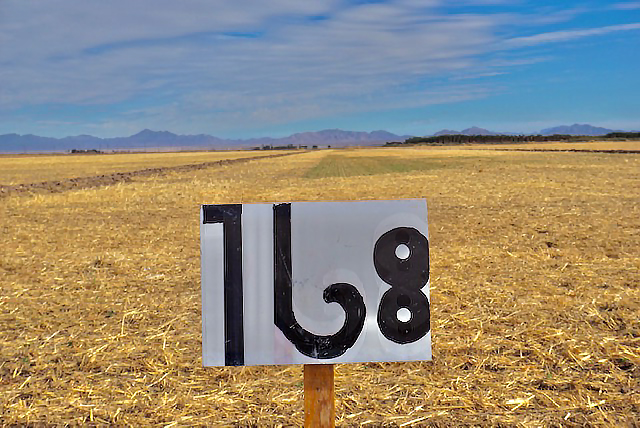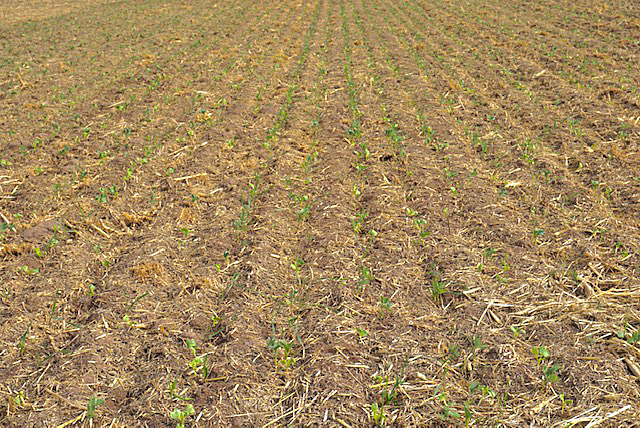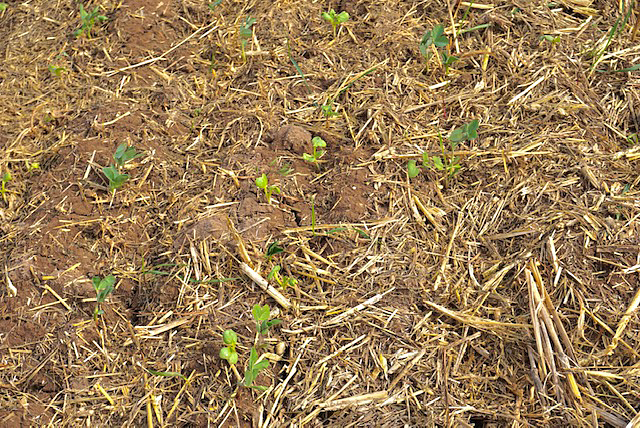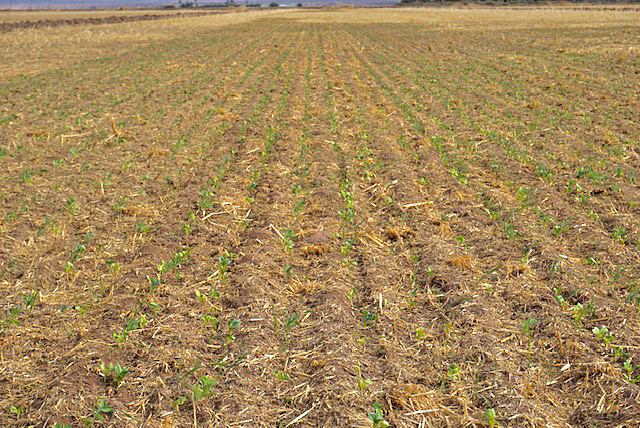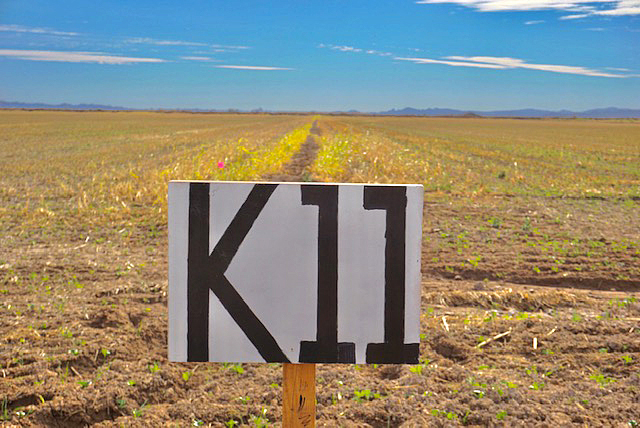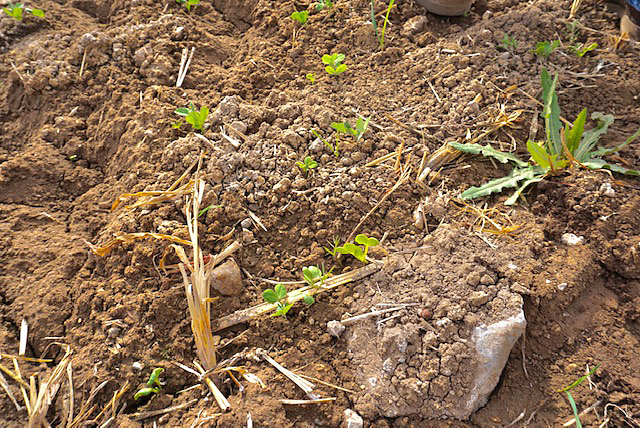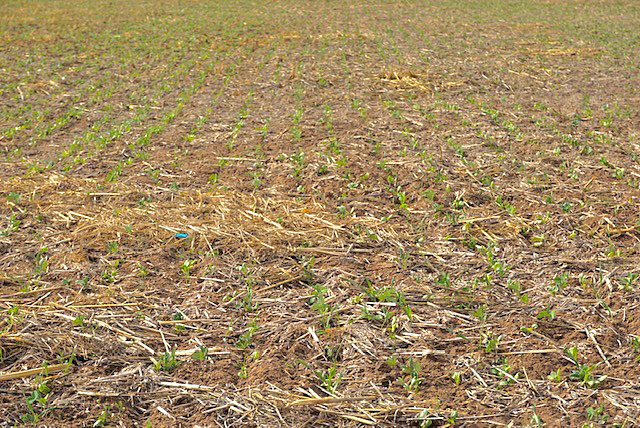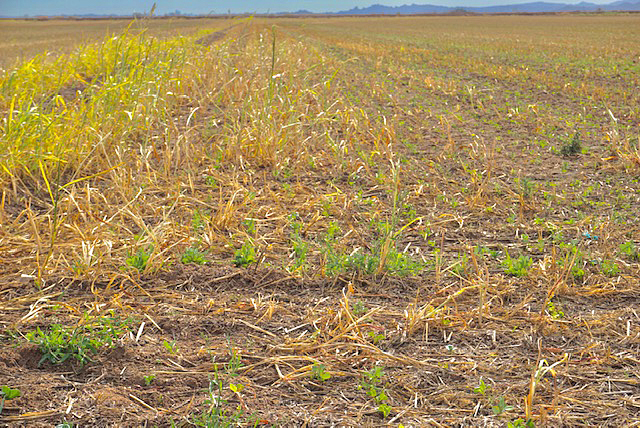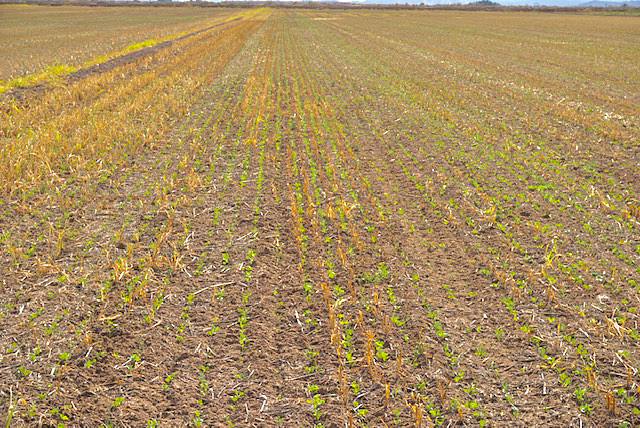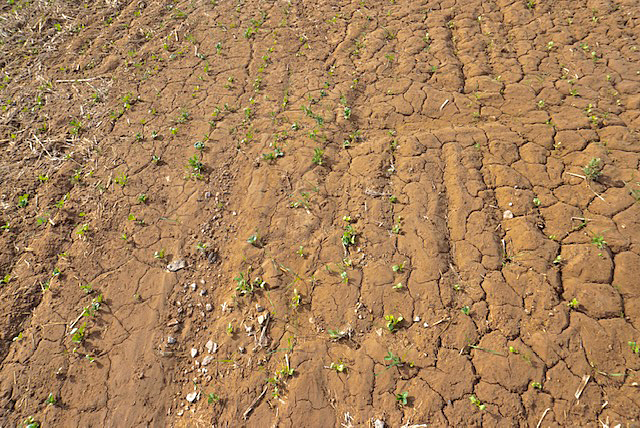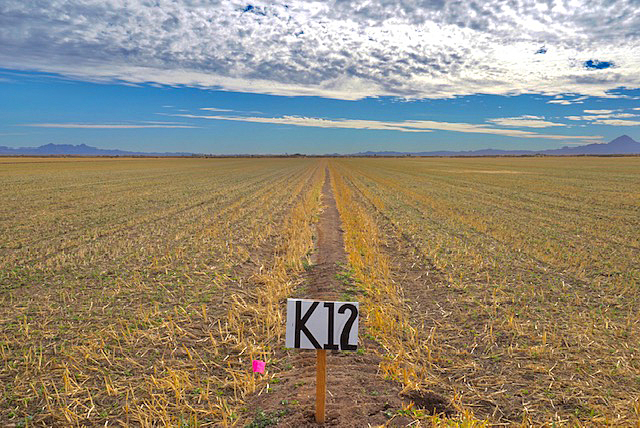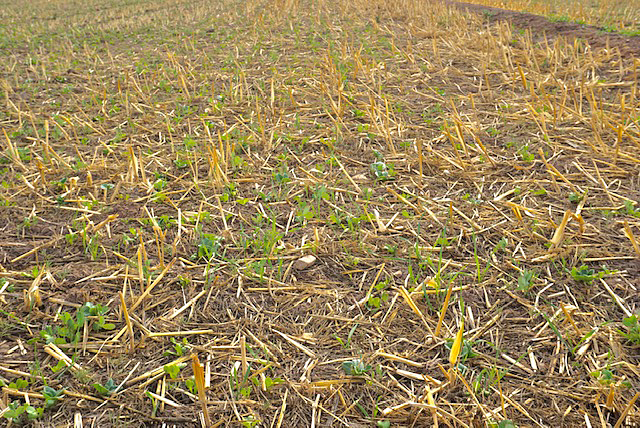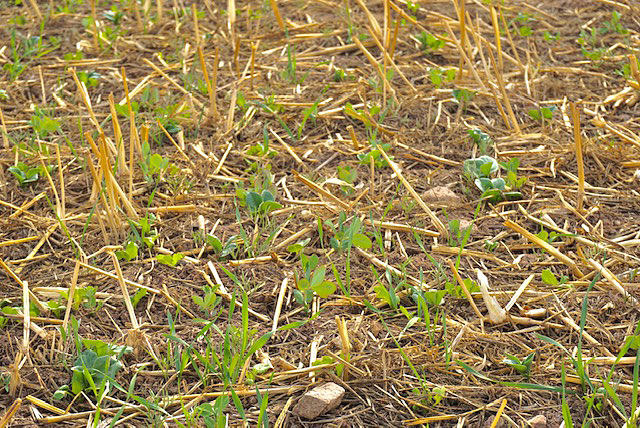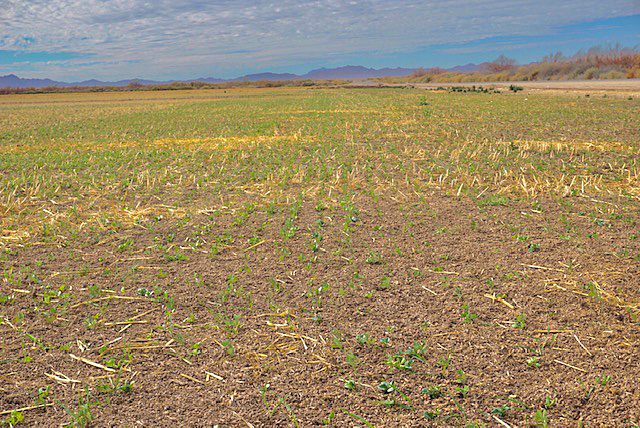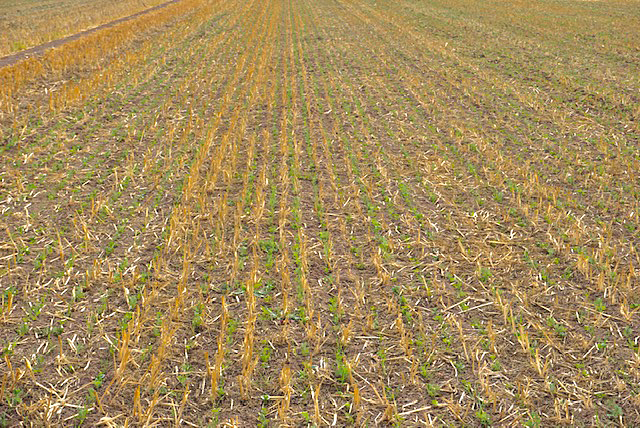
Improving Soil Carbon Capture and Water Use Efficiency in the Palo Verde Valley
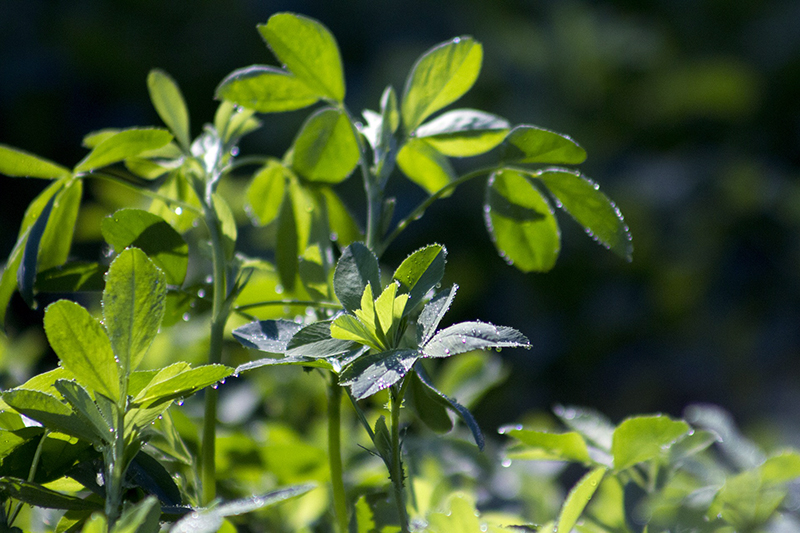
The Metropolitan Water District transports, stores, and distributes water to a large portion of southern California, including the counties of Los Angeles, Orange, Riverside, San Diego, San Bernardino, and Ventura. The CRARS is conducting a five-year research program designed to increase Metropolitan’s knowledge of regenerative agriculture and carbon sequestration opportunities. The project contrasts regenerative land management methods to the current conventional practices used by Metropolitan, and contrasts cash crop (alfalfa) productivity between the two systems.
Conventional fallowing practices involve multiple and repeated tractor passes, which comes with climate, fuel, maintenance, depreciation, and labor costs, while also causing damage to soil structures. Collectively, this has led to the need for increased inputs—fertilizer, herbicide, insecticide, and fungicide applications—thereby increasing production costs. While these inputs have increased productivity in conventionally managed production systems, they do so with reduced profits due to the cost of the inputs, and at great cost to the environment. Soil degradation and topsoil erosion is compromising the planet’s ability to produce sufficient food to feed the world’s population, with scientists estimating that we may have as few as 60 years of topsoil left.
In an effort to reduce or eliminate these impacts, the CRARS is studying the effects of summer and winter cover crops, fungal-dominant inoculant, and no till practices. The potential benefits of the project include improved water use efficiency, improved carbon capture, increased net profit, reduced agricultural greenhouse gas emissions, and long-term soil health and fertility benefits that will leave a soil legacy for the next generation.
Project Design
The research is based on a randomized block design with three replications of two contrasting treatments. The first is a conventional fallow system with full tillage and no water application. The second is a regenerative fallow system including winter and summer cover crops seeded with a no-till drill at 60# per acre and biological inoculations at the time of seeding at 20g per acre, with minimal irrigation to maintain a living root system all year round. Block 1 will follow a three-year fallow contrast, Block 2 a four-year fallow contrast, and Block 3 afive-year fallow contrast.
The regenerative fallow seeding began in Oct/Nov. 2020. When large enough this fall cover crop will be terminated with a roller crimper and a summer cover crop will be planted in May/June 2021. The fall plants are coming up and the following photos were taken in January 2021.
